May 22, 2025 | 11:40 GMT +7
May 22, 2025 | 11:40 GMT +7
Hotline: 0913.378.918
May 22, 2025 | 11:40 GMT +7
Hotline: 0913.378.918
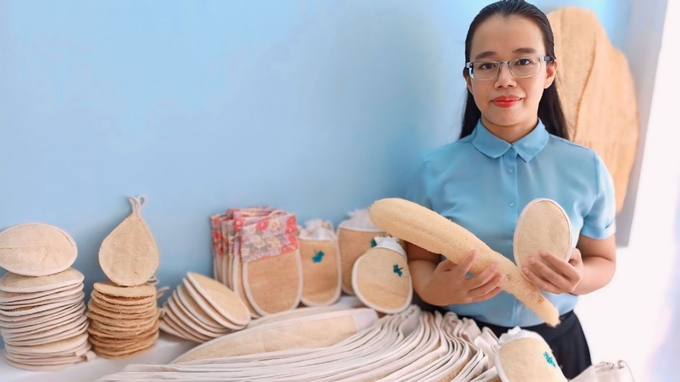
Ms. Vo Thi Ngoc Thu's loofah fiber products are well-received by consumers because they are natural and environmentally friendly products. Photo: L.K.
Vo Thi Ngoc Thu (Thanh Khe District, Da Nang City) was deeply concerned upon recognizing that a significant number of agricultural by-products were being discarded on a local scale. Concurrently, these by-products are employed in producing environmentally favorable products in numerous other countries, which are highly regarded and have the potential for future growth.
Ms. Thu decided to invest in and establish a business with loofah fiber products in 2022 after conducting market research and evaluating raw materials. She named the initiative Moc Xo Loofah. Ms. Thu selected this plant because it is simple to cultivate, develops rapidly, and can adapt to various climatic conditions. Additionally, the supply of basic materials is both consistent and abundant.
Furthermore, loofah fibers are highly suited for a variety of items, including slippers, bags, dishwashing sponges, glass cleaning sponges, and bath belts, due to their durability, quick drying time, lack of odor retention, softness, and minimal skin abrasion. During the manufacturing process, loofah fiber products are produced using environmentally favorable methods and technologies, which result in minimal water consumption and emission of harmful substances.
Ms. Thu initially worked with farmers in Duy Xuyen District (Quang Nam) to cultivate approximately 0.5 hectares of loofah. Loofah can be harvested within 1 to 1.5 months of sowing if it is intended for consumption. Nevertheless, loofah for fiber necessitates approximately three months to approach complete drying (approximately 80% dried), and the average yield is approximately 500 to 700 fruits per rod (equivalent to 500m2).
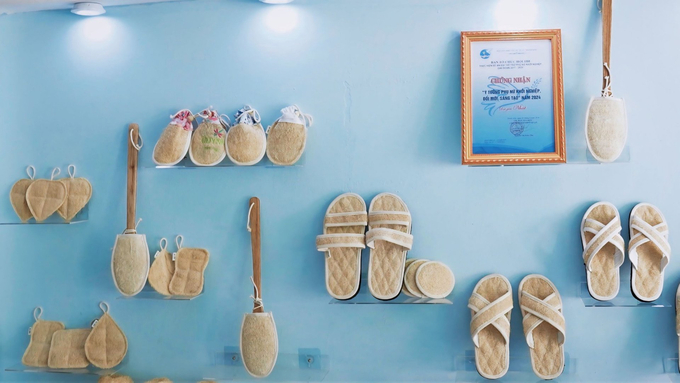
Every month, Ms. Thu exports thousands of products made from loofah to foreign markets. Photo: L.K.
The loofah fiber products, including purses, slippers, and bath belts, were quickly available in numerous souvenir shops in Da Nang and Quang Nam, as a result of her prior market research. Consumers responded favorably to these products. Furthermore, Ms. Thu exports approximately 10,000 items to markets in the United States, Canada, Australia, and select European countries monthly.
Ten agricultural households in the growing areas, six employees with a monthly income of 6 million VND, three seasonal employees with a monthly income of 3-5 million VND, and Ms. Thu's production workshop are all currently offered stable employment.
Ms. Thu has increased the raw material area in Duy Xuyen District to 3 hectares and 1.5 hectares in the provinces of Gia Lai and Dak Lak as a result of this success to satisfy production requirements. Ms. Thu's facility processes an average of 3,000 to 4,000 loofahs per month from these production areas.
"In order to expedite production, I will persist in investing in the acquisition of additional pressing machines, cutting machines, embroidery machines, and sewing machines. I will also increase the raw material area in Hoa Bac Commune (Hoa Vang District) to generate employment opportunities for the local populace”, Thu shared.
Le Duc Vien, Director of the Department of Science and Technology of Da Nang City, thinks that the development of environmentally friendly products is of the utmost importance. He greatly values Vo Thi Ngoc Thu's Moc Xo loofah fiber initiative.
"The department will provide guidance and assistance to the project during the forthcoming phases to establish connections and establish the necessary conditions for the construction and development of the raw material areas. Simultaneously, we will provide the project with guidance on how to complete the necessary procedures to receive support from the city's startup policies, train startup enterprises, guide the development of technology research plans and business development, and assist in the registration of intellectual property and trademarks”, Thu said.
The products are not only environmentally friendly, but the raw materials also satisfy cleanliness standards from the production stage before entering Thu's facility. In order to reduce the misuse of plant protection chemicals, the Commune Agricultural Committee oversees the loofah growing process. The Women's Union of Thanh Khe District recently awarded the Moc Xo loofah project the first prize in the "Innovative Women's Startup Ideas 2024" contest. This was achieved through the implementation of this process.
It is possible to assert that the project's importance is not limited to the promotion of the transition from plastic to natural material products, but also to the education of the community regarding environmental protection, which in turn encourages positive actions from consumers and businesses.
Translated by Linh Linh
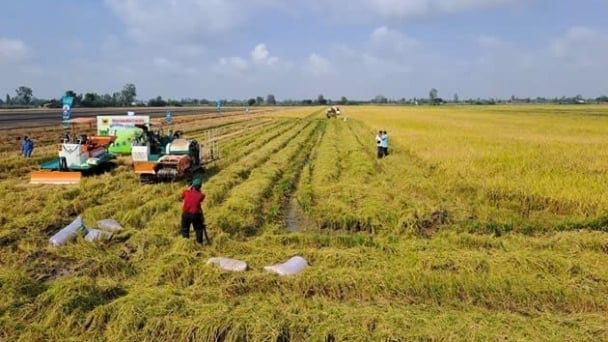
(VAN) To operate carbon market, one of the key issues is determining which types of 'commodities' meet the standards to be traded on the market.
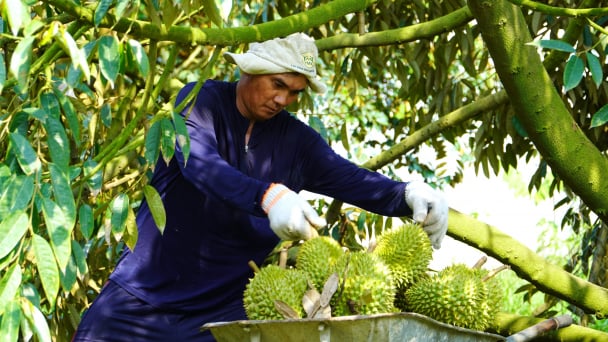
(VAN) Durian-producing localities need to coordinate more effectively with central authorities to improve the traceability, monitoring, and response systems in case of violations.
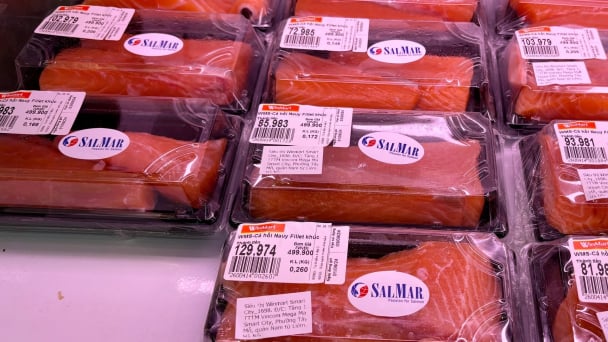
By minimizing waste, embracing modern technology, and expanding into niche markets, SalMar - the second largest producer of Atlantic salmon in the world has built a successful strategy to conquer the global market.
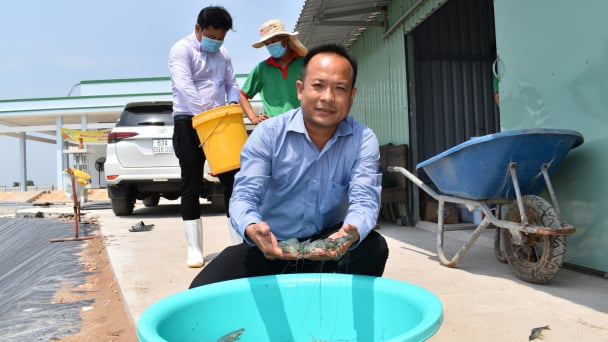
(VAN) One of the key factors for businesses to effectively take advantage of tariff preferences under these FTAs is the rules of origin.
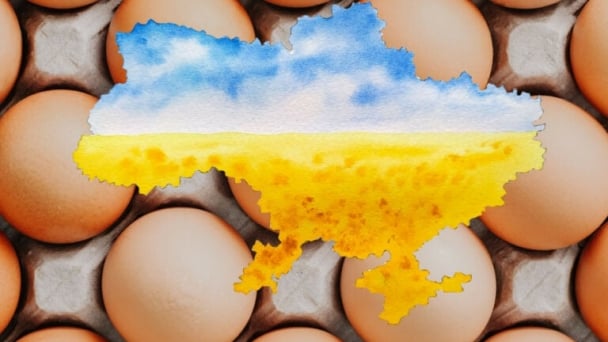
(VAN) Oliyar, a prominent Ukrainian oil and fat manufacturer, has revealed plans to build a farm for 2.3 million laying hens in the Lviv region. The additional production quantities promise to change the competitive landscape of the egg market of the Eastern Europe region.
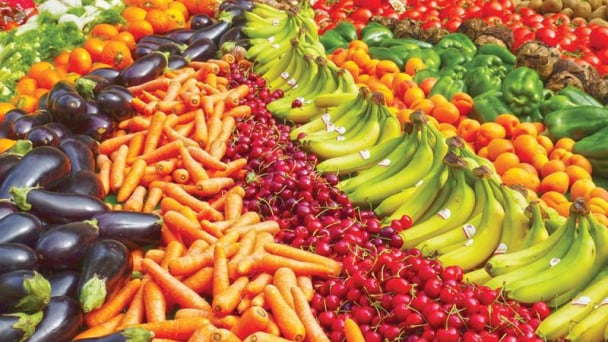
(VAN) On May 15, Ministry of Agriculture and Environment of Vietnam hosted the 'Connecting Vietnam - Germany agricultural, forestry and fishery trade' seminar in Berlin, Germany.
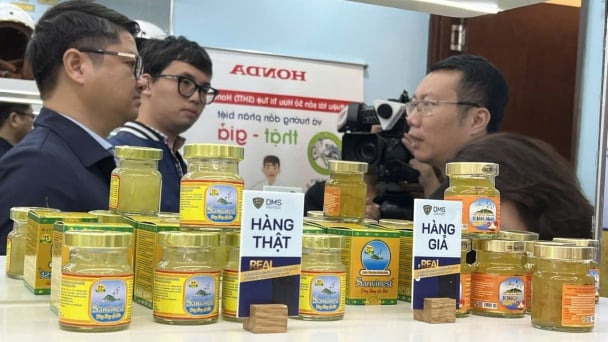
(VAN) In the face of counterfeit and imitation products, Khanh Hoa Salanganes Nest Company hopes for the prompt completion of the legal framework, strict enforcement against violations, and protection of the bird’s nest brand.